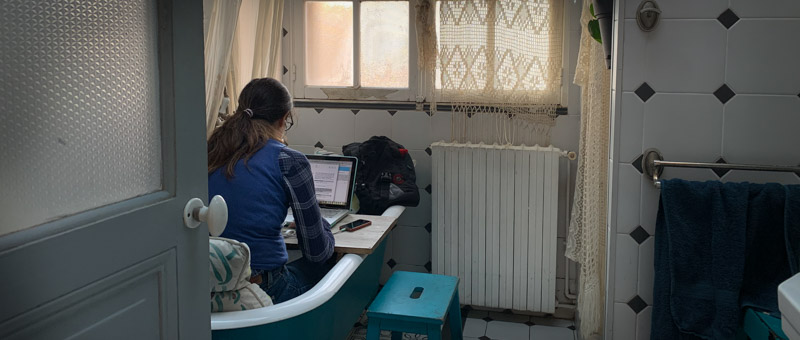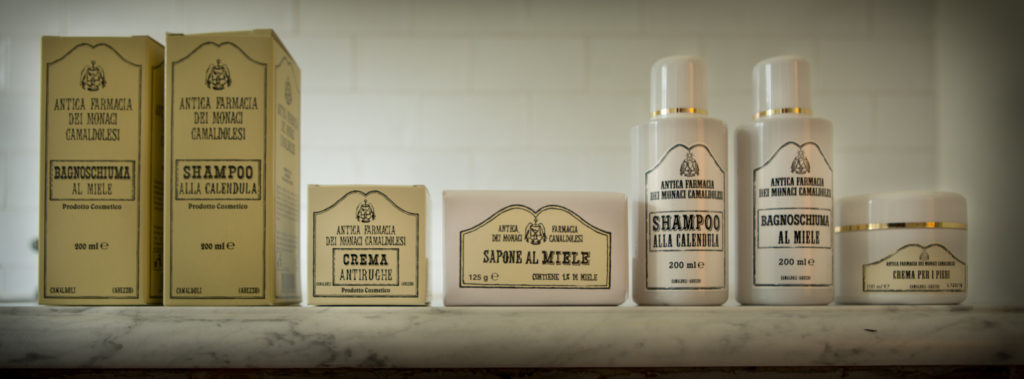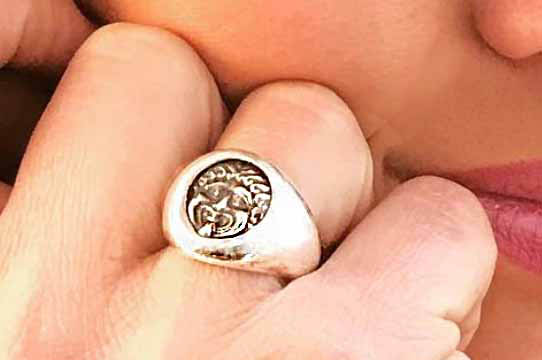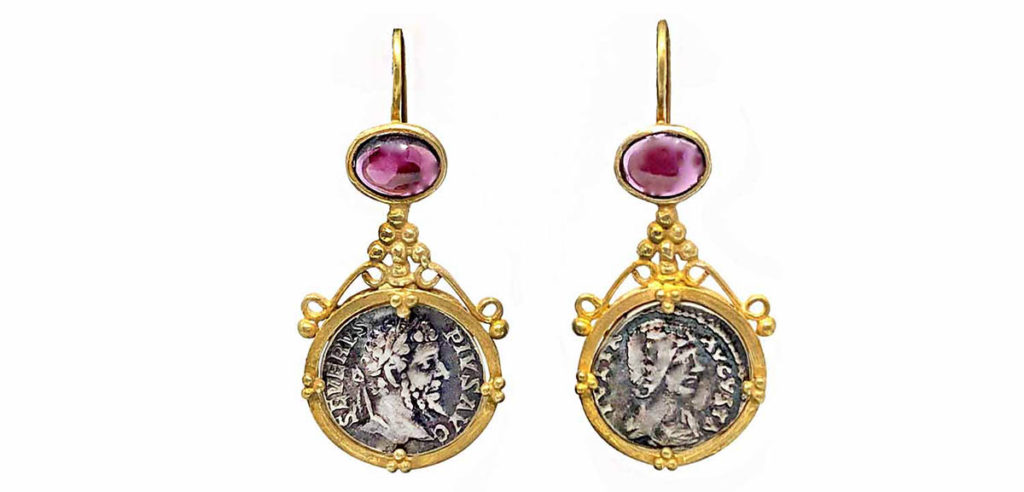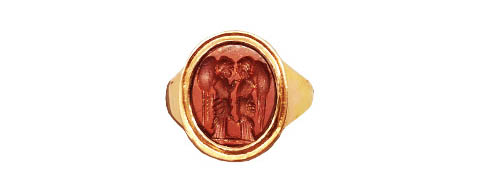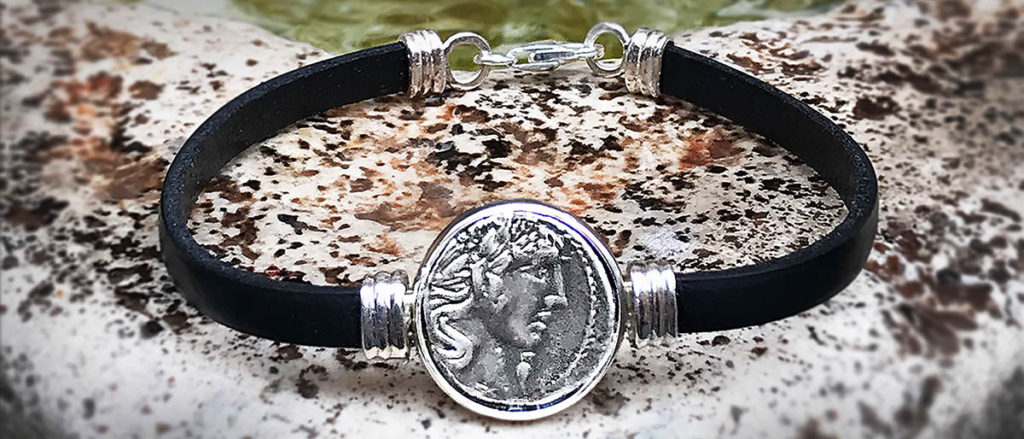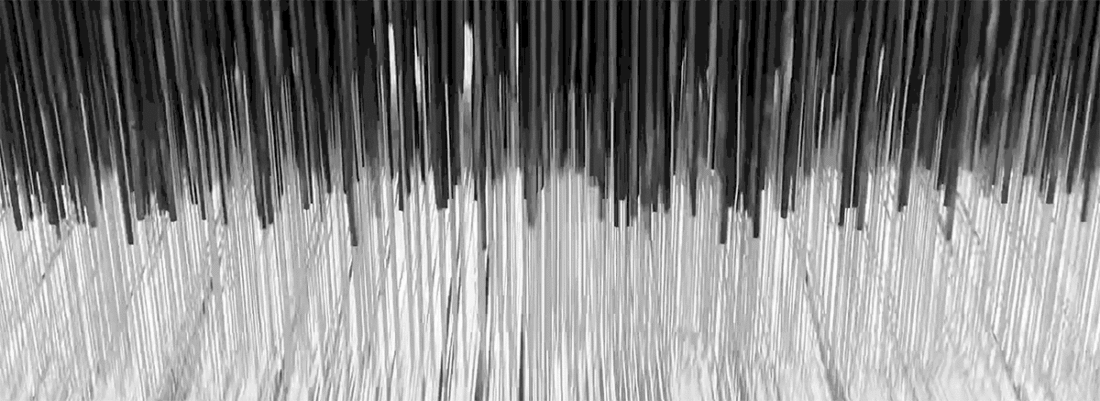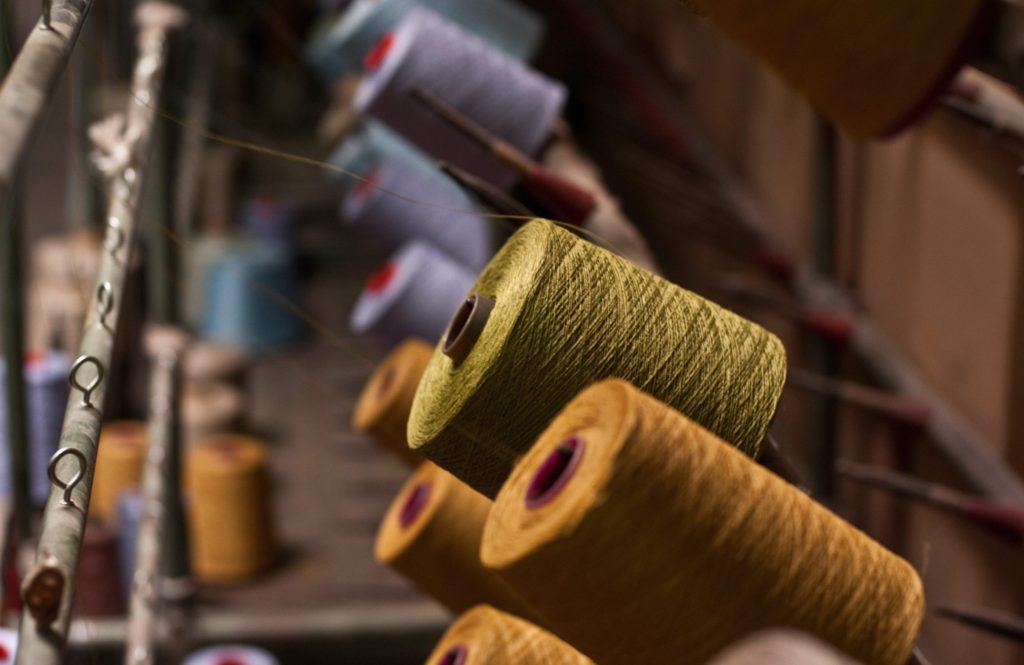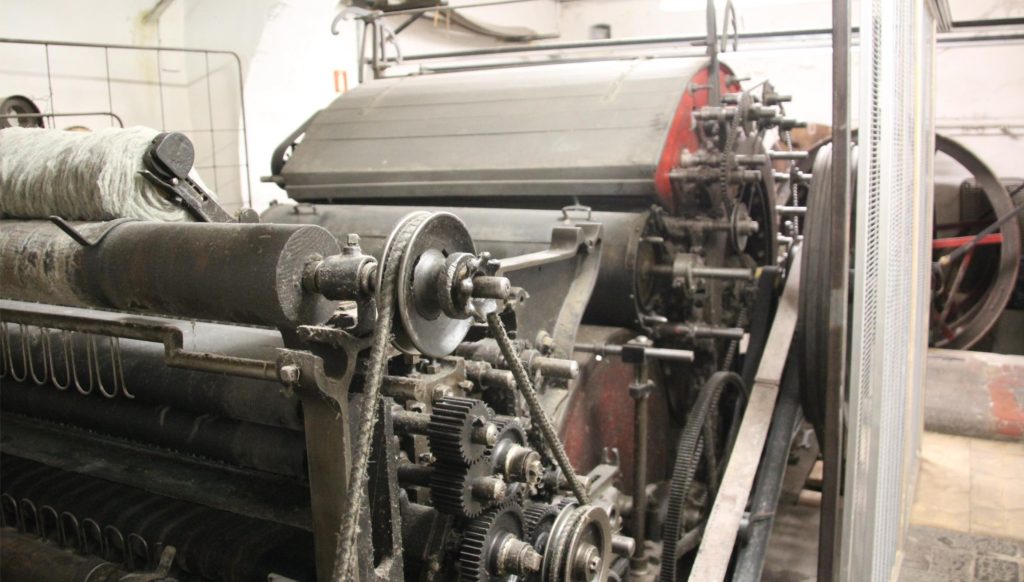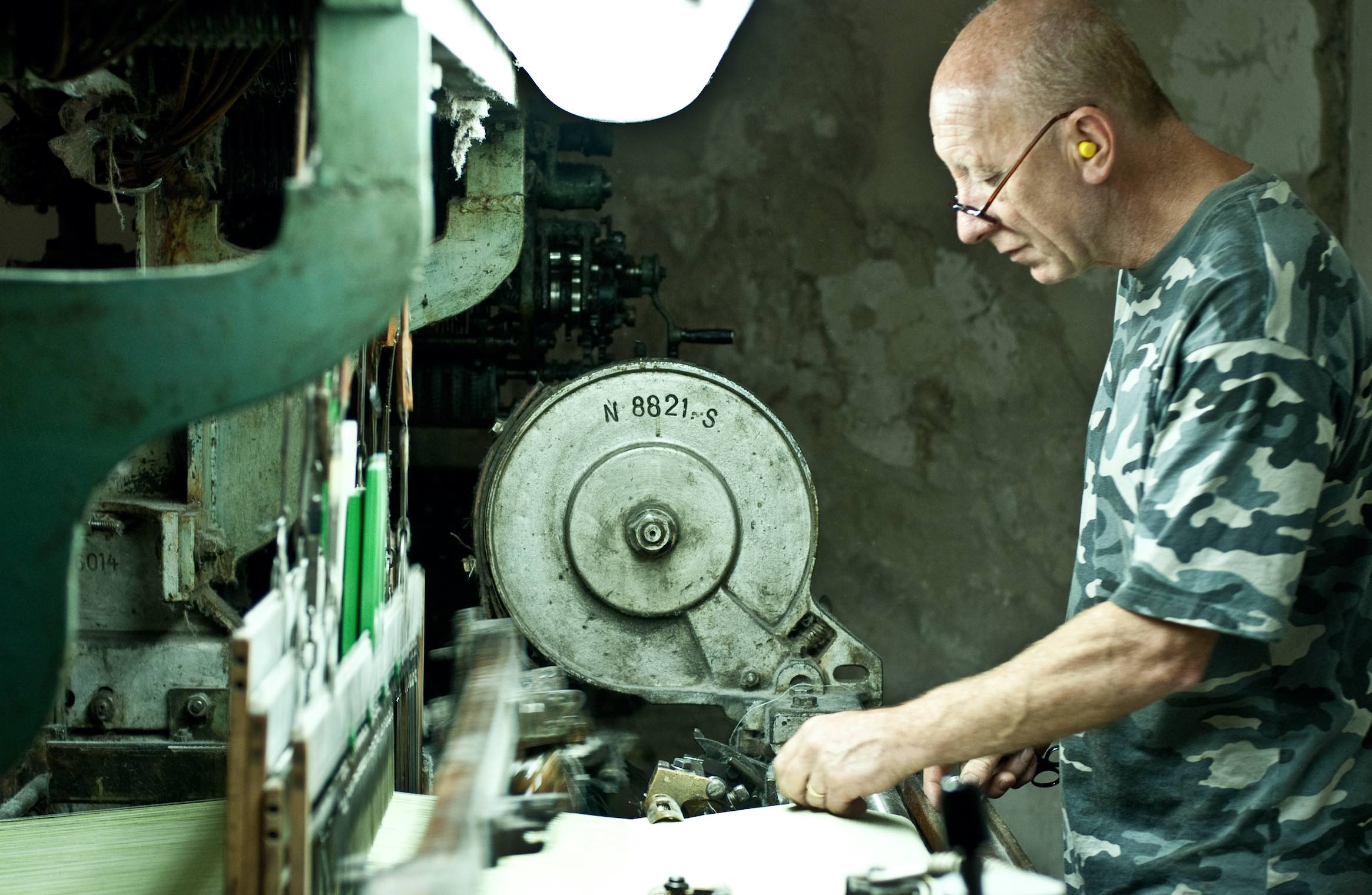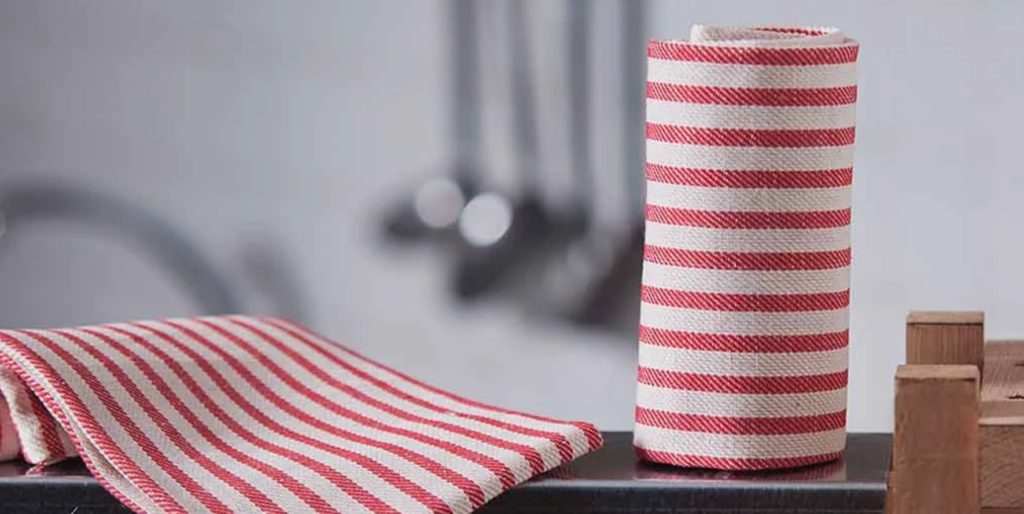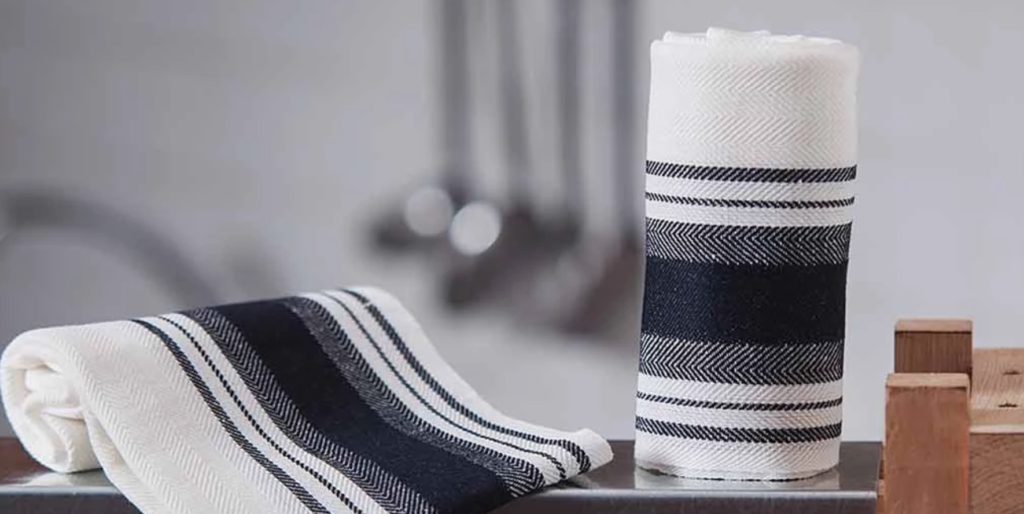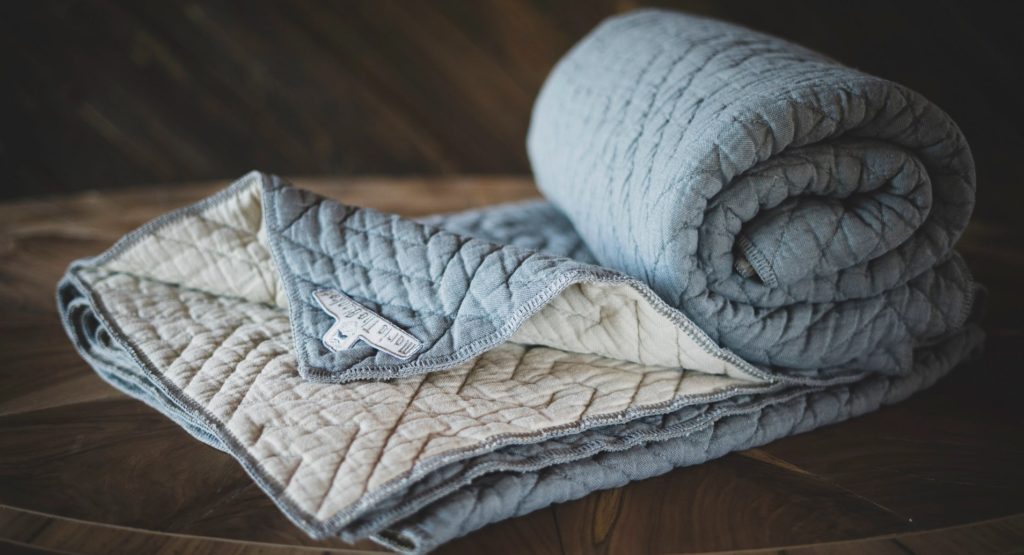Paris discoveries
I deeply love Paris and know it pretty well. On my way back to California I stopped for a few days and found a few new (to me) treasures I have to share.
Best place to have tea in a tub: Le Pavillon des Canaux
A friend insisted we go to a cafe in an old canal master’s house overlooking the canals and locks of the Bassin de la Villette.
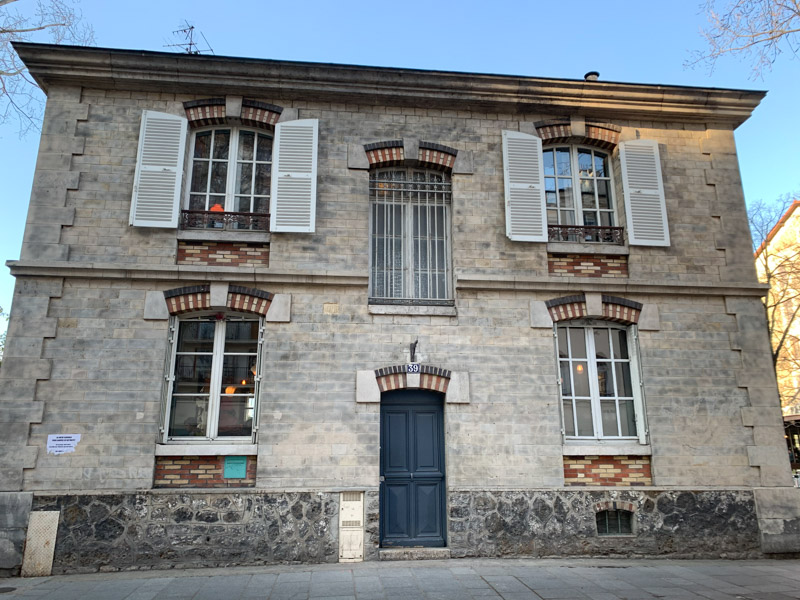
In addition to deciding what artisanal coffee, tea, pastry or soup you want you also have to figure out whether you want to take your snack to a bathtub, bedroom, kitchen, or living room. In addition to being a cafe they also show films and host community events.
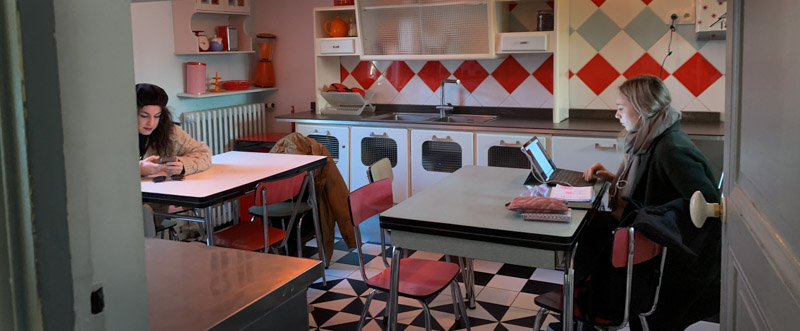
The cafe, called Le Pavillon des Canaux, is an important stop to know about when exploring the Parisian canal system and visiting the bassin, which is the largest lake in Paris. Boats are rentable in the summer, and in August the quai turns into one of the beaches for Paris plages.

But even on a cold winter day the place was charming. The only downside was the number of people working on computers but according to their website they also have times that are declared sans laptops. It’s in the 19th arrondissement.
Julia Child’s favorite Paris restaurant: Chez Georges
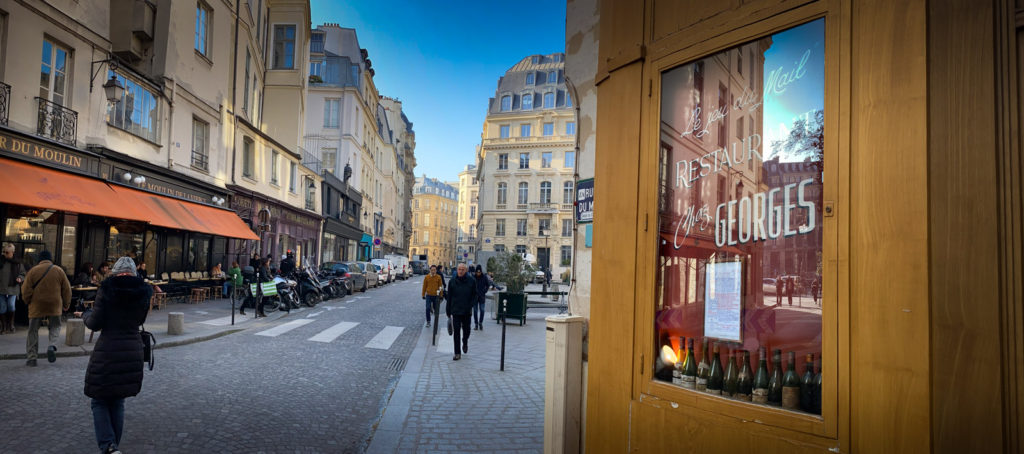
After my haircut (more below) I met John at Chez Georges, a classic French bistro where Julia Child had the legendary sole meunière that set her on her path. We went for lunch, which I’d highly suggest, as we were the only Americans in the restaurant (sounds like at dinner there are more tourists, although one article I read mentioned seeing Wes Anderson and Tilda Swinton dining together which wouldn’t bum me out too much even if they aren’t Parisians.) I would have given a lot to know identities of the occupants of the next table by the window. For at least 20 minutes before they arrived the waiters were busy preparing — opening a bottle of wine to breathe, setting out plates of charcuterie and radishes, and just the right bottled water. The patrons finally arrived, were seated, and were the only ones in the very busy place the maître d‘ wished a bon dejeuner tableside.
The people watching was hours of fun. Food was traditional but excellent. It’s a right near Place des Victoires.
Hero hairdresser: David Mallett
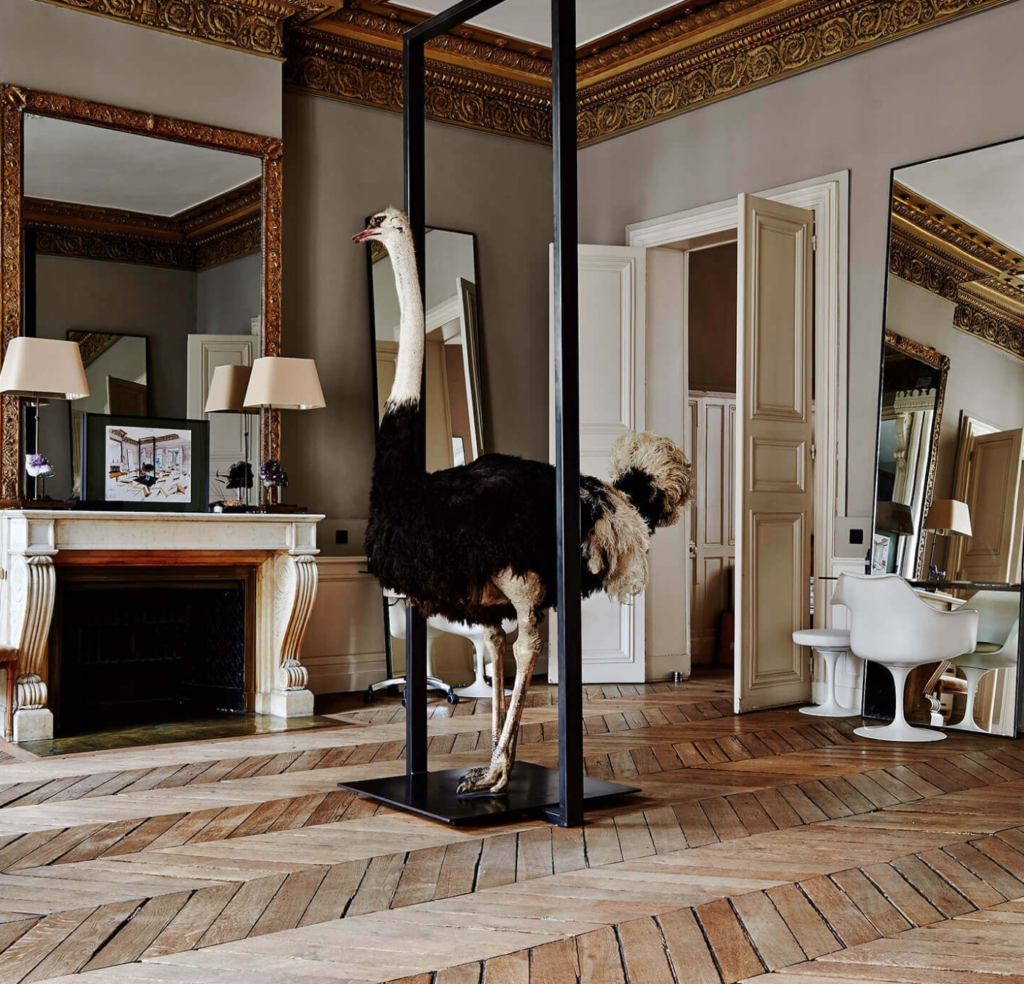
I’ve now had my haircut by David Mallet twice and I’m sooo happy. He has a salon near Palais Royale, one in the hotel George V, and one in New York. He’s Australian by birth, raised in Naples, has lived in Paris for years, is a vegan, and has a salon filled with taxidermy. What else could you wish for? Anthony, the colorist is great too.
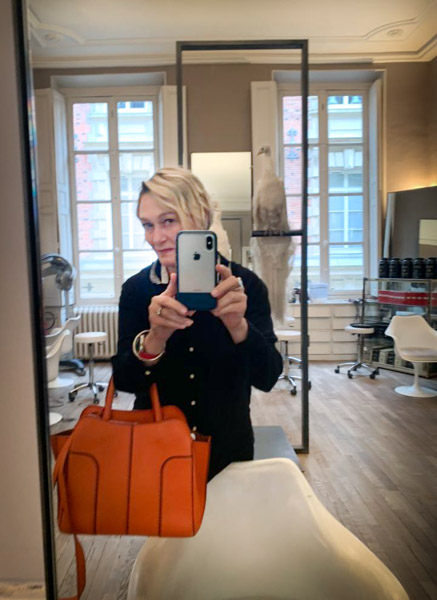
Handmade porcelain lampshades: Alix D. Reynis
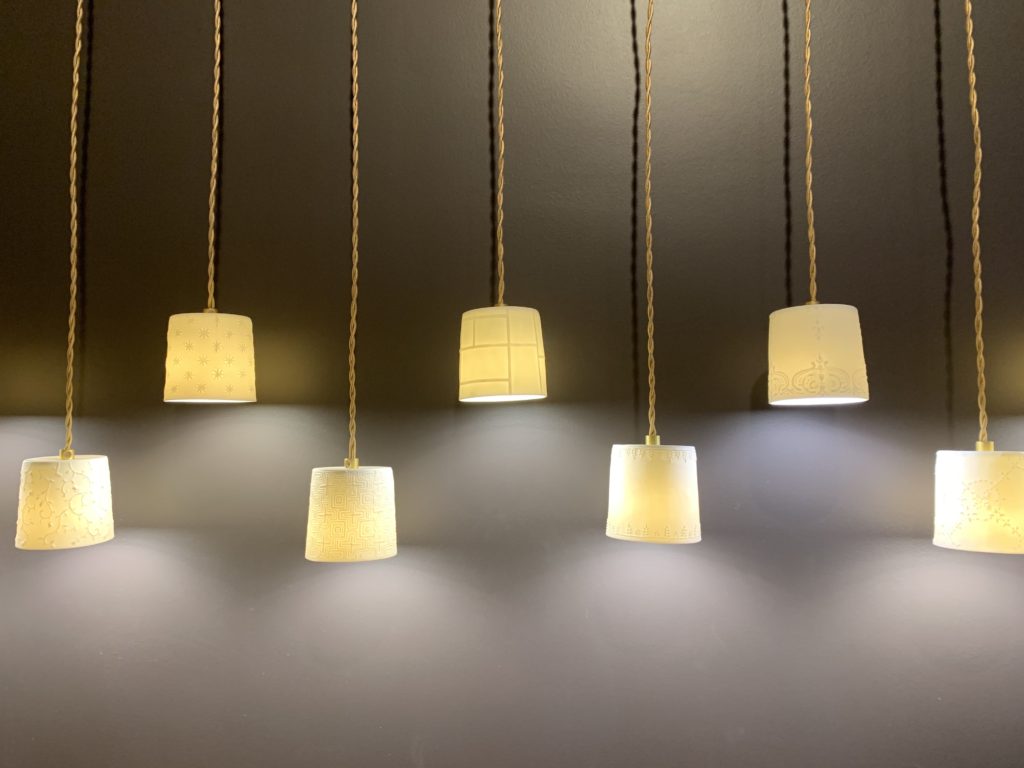
On one of my favorite streets, rue Jacob, Alix D. Reynis makes beautiful porcelain lampshades, jewelry, and white bowls and dishes. After a couple of years on the hunt we found our lights for over the dining room table. Welcome home little ones.


